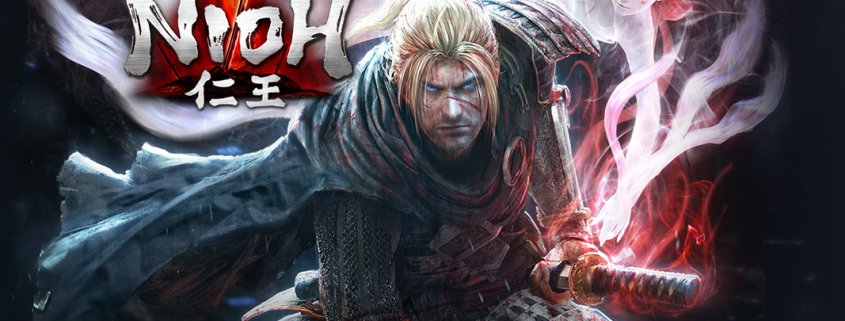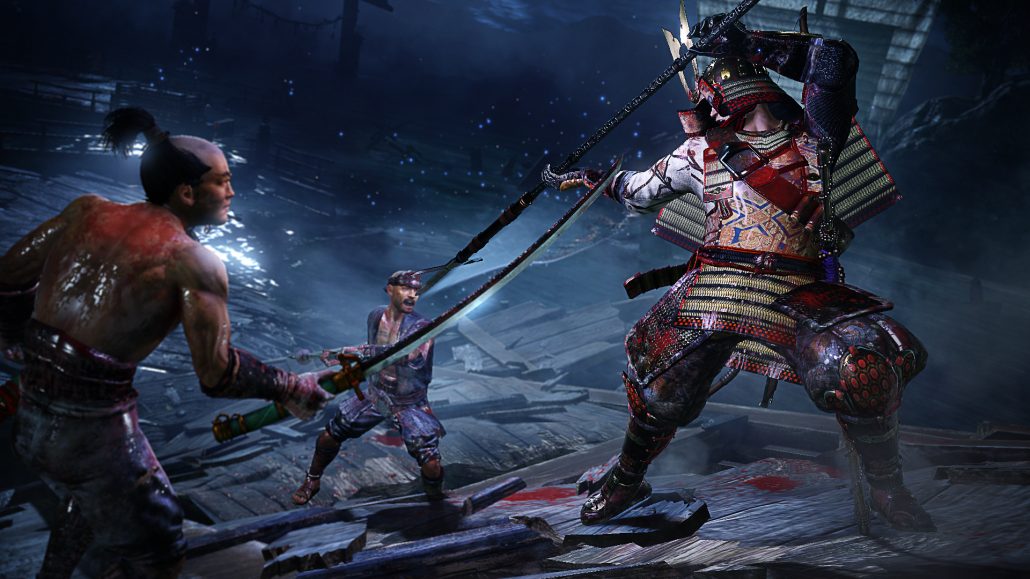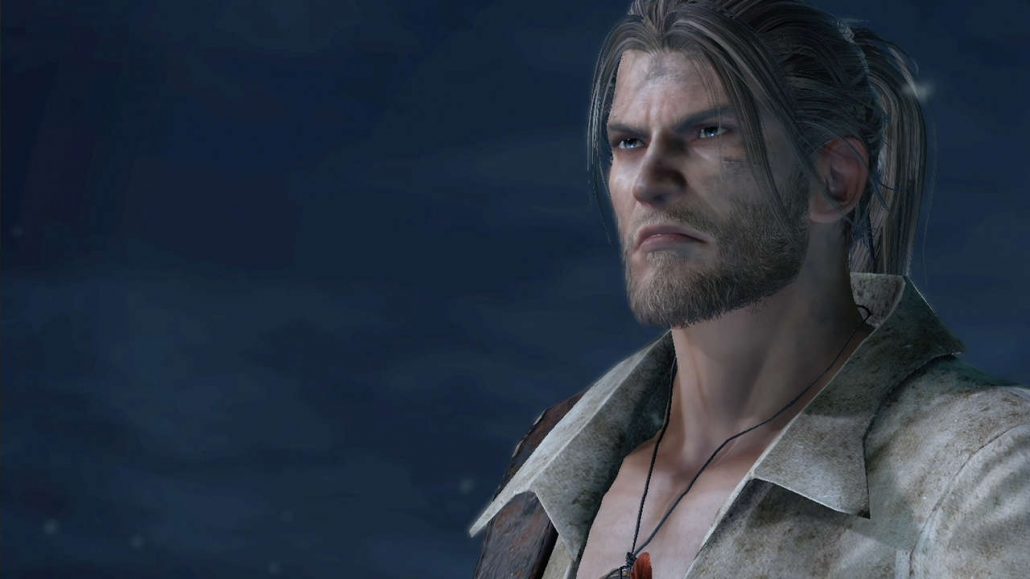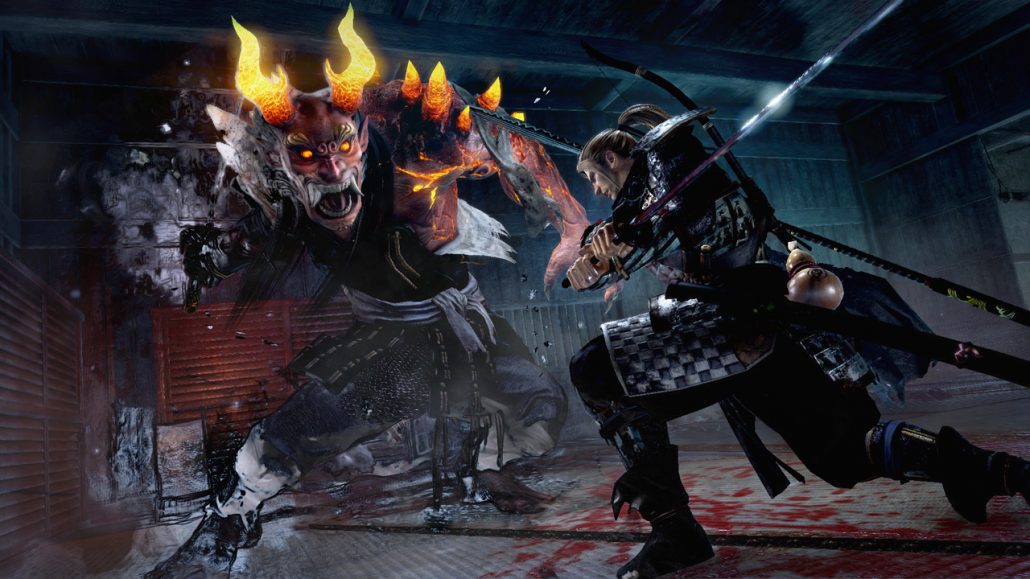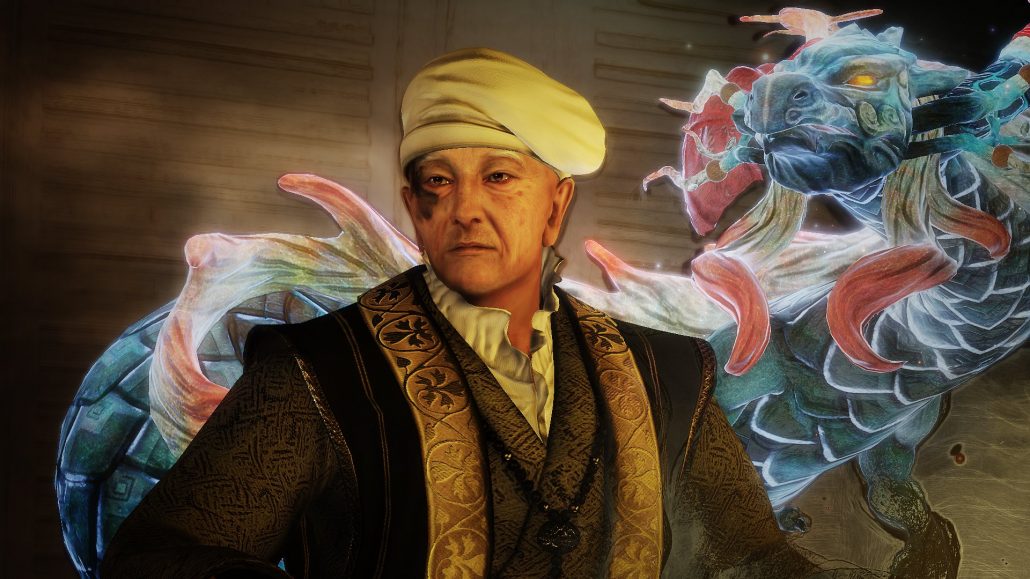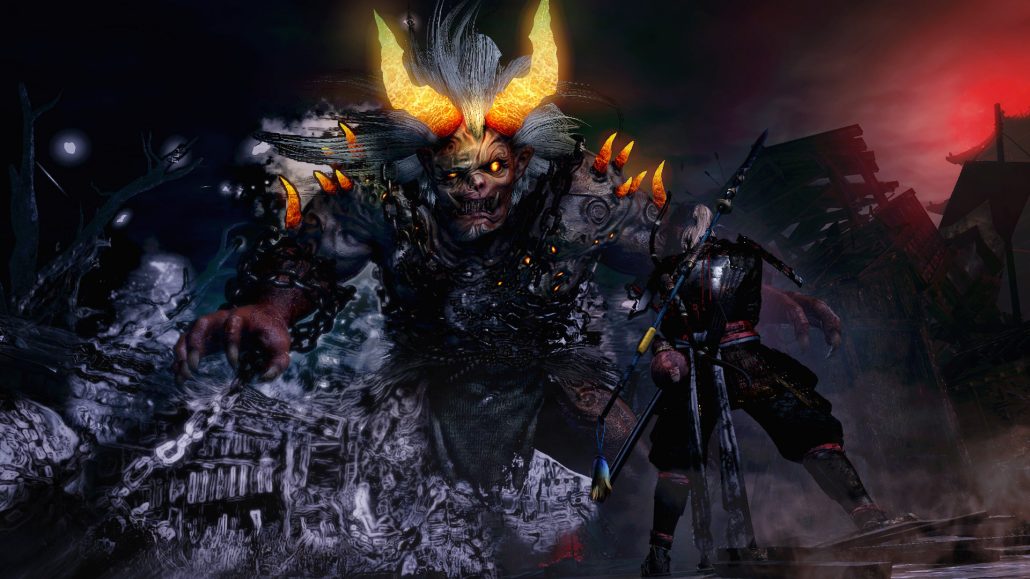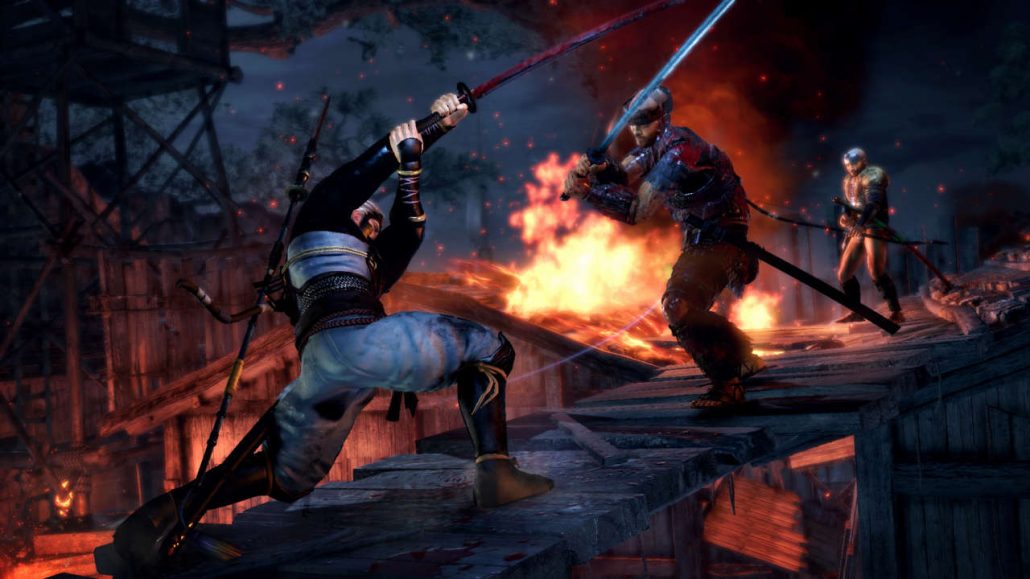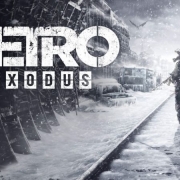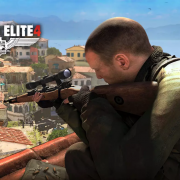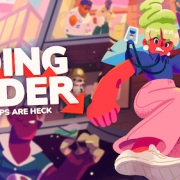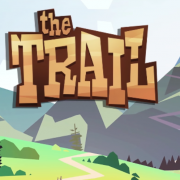Nioh Review
Way of the samurai
It seems that with the new console generation, more and more games are beginning to focus on making themselves look ever more appealing to a mass audience. But with the increase in accessibility, there seems to be an increase for mediocrity. Gamers are starting to settle with a game being fine, rather than fantastic. Thankfully, the team at Koei Techmo have blessed us with Nioh, and reminded the world that true excellence can be found in modern day video games.
Nioh is, like it or hate it, a Souls-like. While the term itself leaves a bad taste in many gamers mouths, much like the term “rouge-like”, it’s here to stay. Thankfully Nioh takes the building blocks of what makes the Souls games so great and builds upon their foundations to stand out as a revolutionary take on the genre.
Taking place in an alternative version of the 1600’s where demons and Yokai are seemingly ever-present in the world, Nioh follows the adventures of William Adams, the first every Caucasian samurai as he arrives in Japan to find his stolen guardian spirit. His jouney seems to be a simple one at first, but it’s not long until he’s roped into the political and economic civil war that shook Japan to its core during the Sengoku period.
Being one of the few people in the world who can see Yokai and guardian spirits, William (nicknamed Anjin) is tasked by many famous rulers to help save Japan and find out what is causing the appearance of Yokai.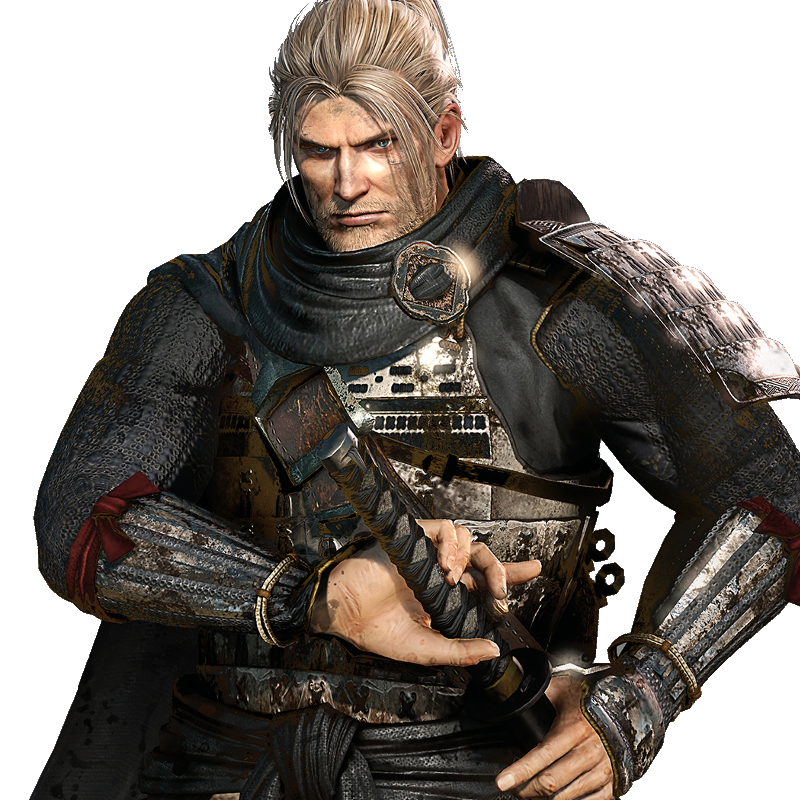
Unlike the Souls series, Nioh pushes its story with fully voiced cutscenes and character conversations. Japan isn’t a barren wasteland, so naturally there will be people about for William to converse with and befriend. This helps bring the world to life, and makes taking on tasks for famous Japanese warlords feel more engaging than simply wandering around a ruined landscape.
What many will have to accept off the bat is that Nioh is not an open world game. The mystical land of Japan is broken up into missions that unlock after beating other missions. Sometimes there are side quests where other characters will ask William to retrieve something for them, or fight them to prove his worth.
But don’t go thinking just because it’s broken up into missions, it means it’s any smaller. Nioh is huge. There are 20 main missions and even more side missions to tackle, with each main mission taking normally an hour to two hours.
These missions take William to a wide range of locations, from burning villages to snowy mountain tops. Entering every mission is exciting as each one opens up new possibilities for exploration and discovery, with new Yokai to battle and abilities to unlock.
Even after 20 hours in, you’re likely to discover something new you never knew you could do.
And there is so much to discover. There are more than 8 weapon types to master, each with their own verities of build and different fighting stances. While you’ll most likely find two weapons you prefer over the rest, the game never stops you from deciding to re-spec your character and give a different character build a go.
Fancy trying out duel blades and using ninjutsu? Decide you’d rather use a pike and magic? Simply buy the re-spec item and change to whatever you like.
And this is all part of what makes Nioh so endearing, it’s plethora of customisation options. Everything can be customised, from the way your weapons look, what move sets they use, all the way to what William’s hair looks like.
Nioh wants to make your experience with it truly your own.
One small gripe is that the experience will really only be your own. As of launch there is no PvP in the game, with the only form of player vs player being challenging the dead spirits of players who have fallen in battle. Think of the bloodstains in the Souls series, only you kill them and get their loot.
Thankfully PvP has been announced for the next update, but it means we’ll have to wait a little longer before we can go head-to-head with other players.
And if there was one nit-pick with the game, it would be that if you’re in a mission and realise you aren’t stocked up on a certain item, tough luck. If you use the consumable item to back out of the mission, all your progress is lost and you have to start from the beginning.
But then again, that’s all part of the learning experience, and is something you learn to never forget going forth. And that’s what Nioh is all about, learning from your mistakes and becoming a better gamer for it. Learning the attack animation wind ups for enemies, when to strike to wipe their stamina, and when to properly use consumables is all part of teaching the player to become smarter, and therefore better at the game.
And Nioh never feels like it’s forcibly teaching you a lesson. Unlike other games of the same ilk, Nioh gives some leeway that helps elevate some of the stress usually found in similar games. For one, if your attacking near a ledge, during your attack William can’t fall off the edge, meaning there are no aggravating moments where the animation causes you to go careening off a cliff.
It manages to strike the perfect balance of tough yet fair, and never falters from it.
Nioh is a rare gem of a game. It executes everything it sets out to do with such fine finesse and skill that it makes every second spent with the game a joy. It’s one of the few games out there that reaches near perfection, and stands as one of the PS4’s must own titles for any avid gamer.
Thanks to Sony for supplying a review code

